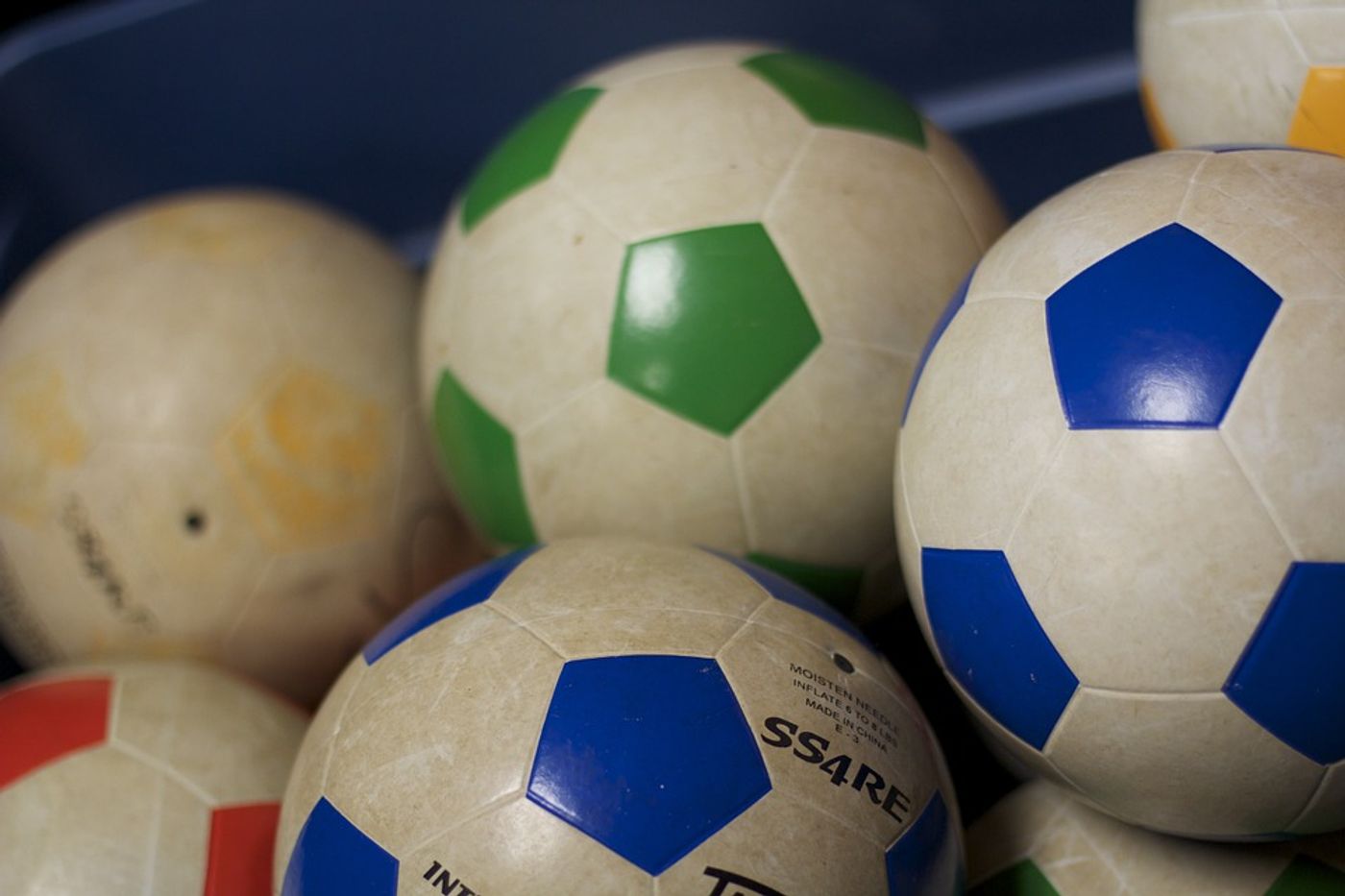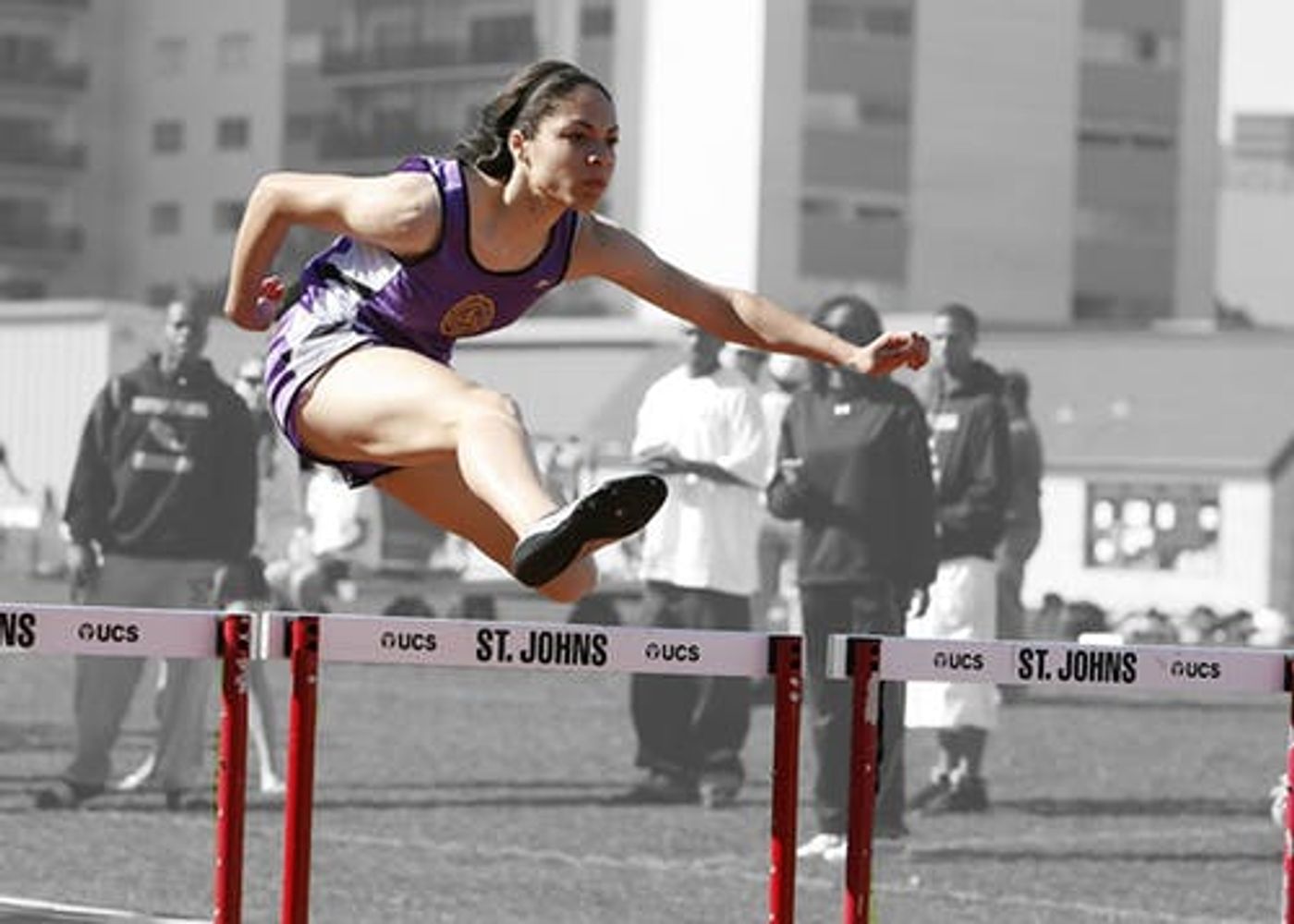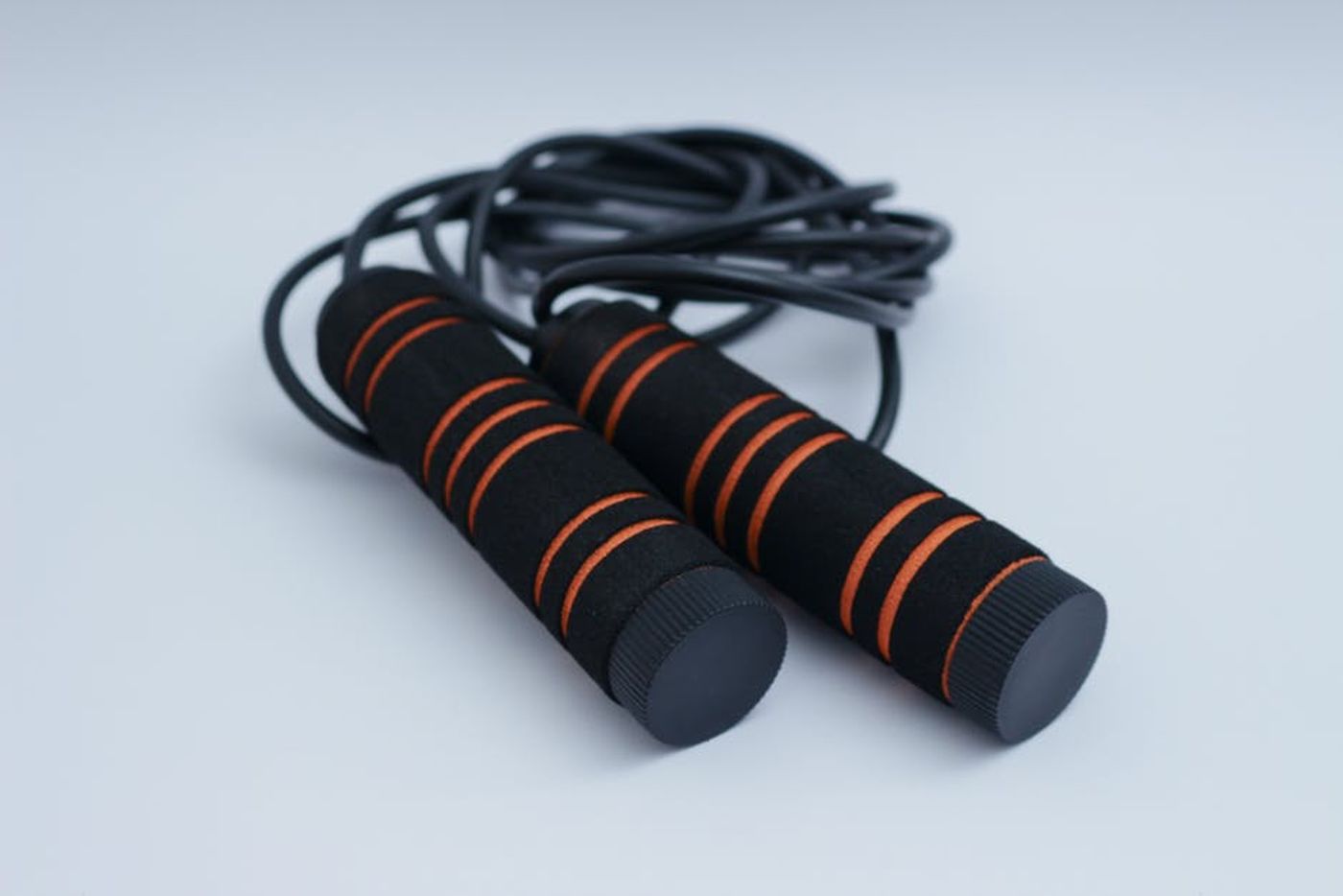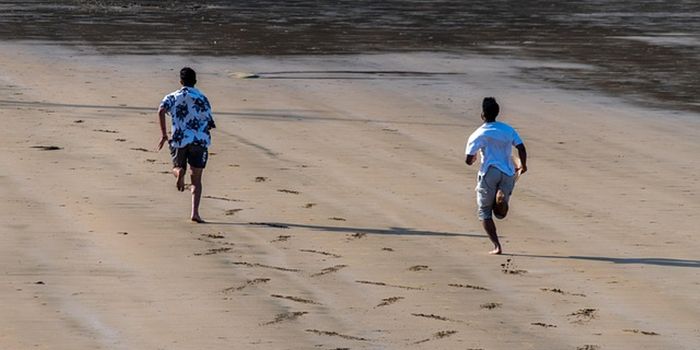Adequate rest and recovery are crucial for achieving optimal athletic performance. Without it, athletes risk overuse injuries, one of the most common types of injury in sport. This is the same for the general population in relation to strength training. To avoid overuse injury, exercisers should avoid doing weighted exercises on consecutive days.
A new study, published in the Journal of Exercise Science and Fitness, sought to investigate deep oscillation as a method of reducing muscle soreness and promoting accelerated recovery in soccer players. Researchers hypothesized that DO would have a positive effect on maximum strength, perceived exertion ratings and creatine kinase concentration values within the muscles of athletes.
DO is this similar method to manual lymphatic drainage. This process focuses on aiding the body and removing metabolic waste products through the lymphatic system. Many other therapies and devices focus on this process of helping the body remove byproducts from the muscle after a strenuous workout. Some of these methods include foam rolling, stretching after a workout, hot tub therapy and traditional massage.
In studies DO has been shown to work better at reducing hematoma and oedema then does manual lymphatic drainage. Additionally, DO produced an anti-inflammatory effect. There’s even an improvement in the extensibility of muscles when DO is used, which may also be important for a muscular regeneration and injury prevention.
Playing with insufficient recovery increases the risk of overuse injuries in athletes and non-athletes alike. Because competitive sports games and practices are not scheduled around the recovery period, players generally return to games without having allowed for the time required for adequate muscle repair. The time needed to recover fully, according to one meta-analysis, is greater than 72 hours. Because matches and practices for competitive athletes are often conducted on consecutive days, studies and methods for accelerating the healing process are essential for protecting players from injury.

The results of the study, when analyzed together, lean in favor of the DO group compared to the control group. Both the difference in maximum leg flexion and perceived exertion ratings reach levels of statistical significance. Researchers note the larger sample size would be ideal for future studies. The small sample size of the study may have led to a false negative for some recovery measures.
Another advantage of DO is the possibility of using it at home as a self-treatment rather than requiring a professional to administer manual techniques. This possibility saves both time and money. Most sports teams below the professional level lack the resources to acquire massage therapists. The teams that do have them, rarely use them for regeneration purposes.
In general, researchers found that DO could be useful for speeding up post-game recovery in athletes. They did find significant improvements and maximum leg flexion strength and perceived rate of exertion. On all other variables tested, they found only a trend towards DO, but not enough to be statistically significant.
More studies are needed to evaluate the effectiveness of DO. Further research is also required to address appropriate dosages, considering things like treatment time and frequency.












